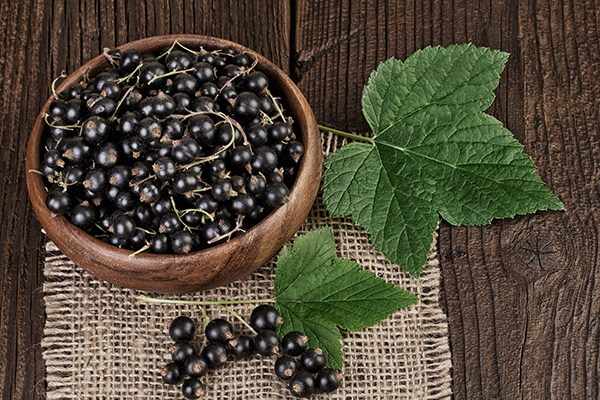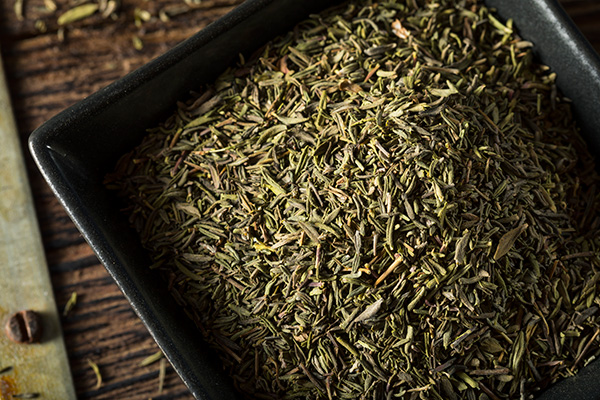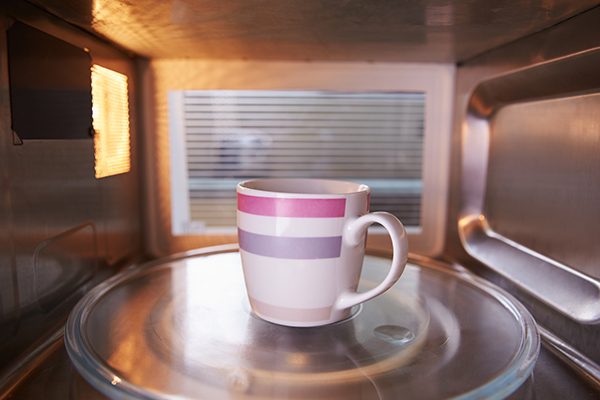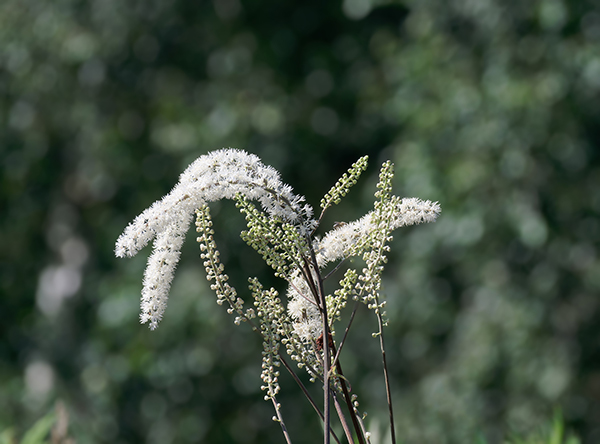What Are Tea Bags Made Of?
Tea is a popular beverage enjoyed by people around the world. One of the most convenient ways to prepare tea is by using tea bags.
In this article, we will explore the materials commonly used to make tea bags, as well as address some concerns about their safety.

What Are Tea Bags Made Of?
The history of tea bags dates back to the early 20th century. In the beginning, they were made from hand-sewn silk, but as the demand for tea bags increased, manufacturers sought more efficient and cost-effective materials.
Today, a variety of materials are used to make tea bags, including paper, silk, nylon, and other synthetic fibers.
Paper Tea Bags
Paper is the most common material used for making tea bags. These bags are typically made from abaca fibers, a plant native to the Philippines, and wood pulp. The fibers are heat-sealed or folded to create a porous, lightweight material that allows water to flow through and steep the tea leaves.
Paper tea bags are cost-effective and biodegradable, making them a popular choice for both manufacturers and consumers. However, some people find that paper can affect the taste of the tea, especially if the bag is made from low-quality materials. In addition, paper tea bags are not as durable as those made from other materials and may break more easily.
Silk Tea Bags
Silk tea bags are made from a fine mesh of natural silk fibers, creating a luxurious and elegant feel. They have been used for centuries to steep high-quality loose-leaf teas.
Silk tea bags allow for a more consistent steeping process, resulting in a smoother, more flavorful cup of tea. They are also more durable than paper tea bags and can be used multiple times. However, silk tea bags are more expensive to produce and may not be as readily available as other options.
Nylon and Synthetic Fiber Tea Bags
Nylon and other synthetic fibers are sometimes used to make tea bags, particularly those in pyramid or sachet shapes. These materials are heat-resistant and durable, allowing for a consistent steeping experience.
However, concerns have been raised about the safety of these materials, particularly when exposed to hot water. Some studies have found that certain synthetic materials can release microplastics into the tea, which may pose health risks.
Are Tea Bags Safe?
One common question that arises when discussing tea bag materials is whether they are safe for use. Generally, tea bags made from paper, silk, or plant-based fibers are considered safe for consumption. However, concerns have been raised about the safety of nylon and other synthetic materials, particularly when it comes to the release of microplastics.
Microplastics in Tea Bags
Microplastics are tiny plastic particles that can be released from synthetic materials when they come into contact with hot water. Some studies have found that certain synthetic tea bags can release billions of these particles into a single cup of tea. While the health effects of ingesting microplastics are still not fully understood, it is generally advisable to avoid exposure to them whenever possible.
Choosing the Right Tea Bag Material
When selecting tea bags, it’s essential to consider the material from which they are made. To minimize exposure to microplastics and ensure a great-tasting cup of tea, consider opting for paper, silk, or plant-based tea bags. Additionally, look for brands that use unbleached, biodegradable materials to minimize environmental impact.
Conclusion
Understanding what tea bags are made of is crucial for both tea enthusiasts and casual drinkers alike. The most common materials used in tea bag production are paper, silk, nylon, and other synthetic fibers. Each material has its own set of advantages and disadvantages, with paper and silk tea bags generally considered safer and more environmentally friendly than their synthetic counterparts.
When choosing tea bags, it’s important to consider the potential health implications and environmental impact of the materials used. To minimize exposure to microplastics and ensure a great-tasting cup of tea, opt for paper, silk, or plant-based tea bags, and look for brands that use unbleached, biodegradable materials.






